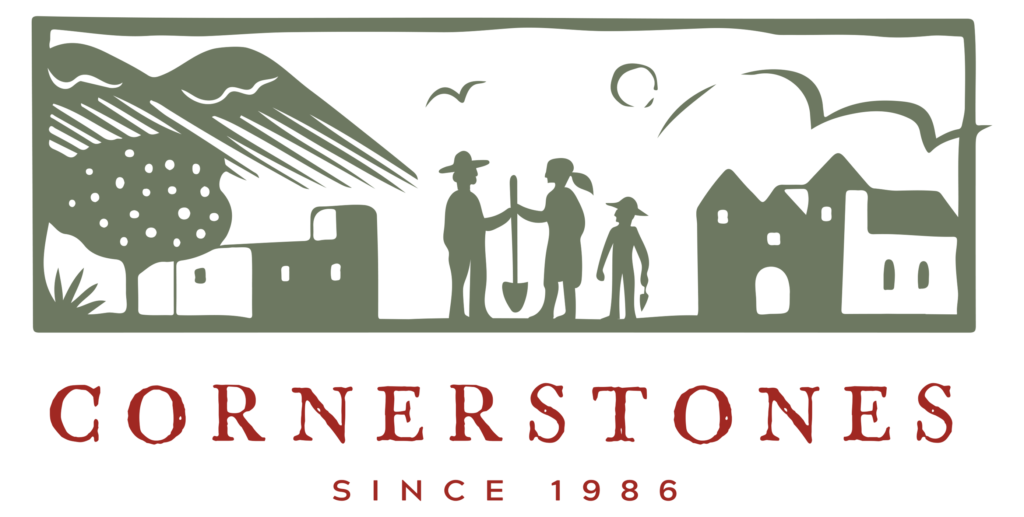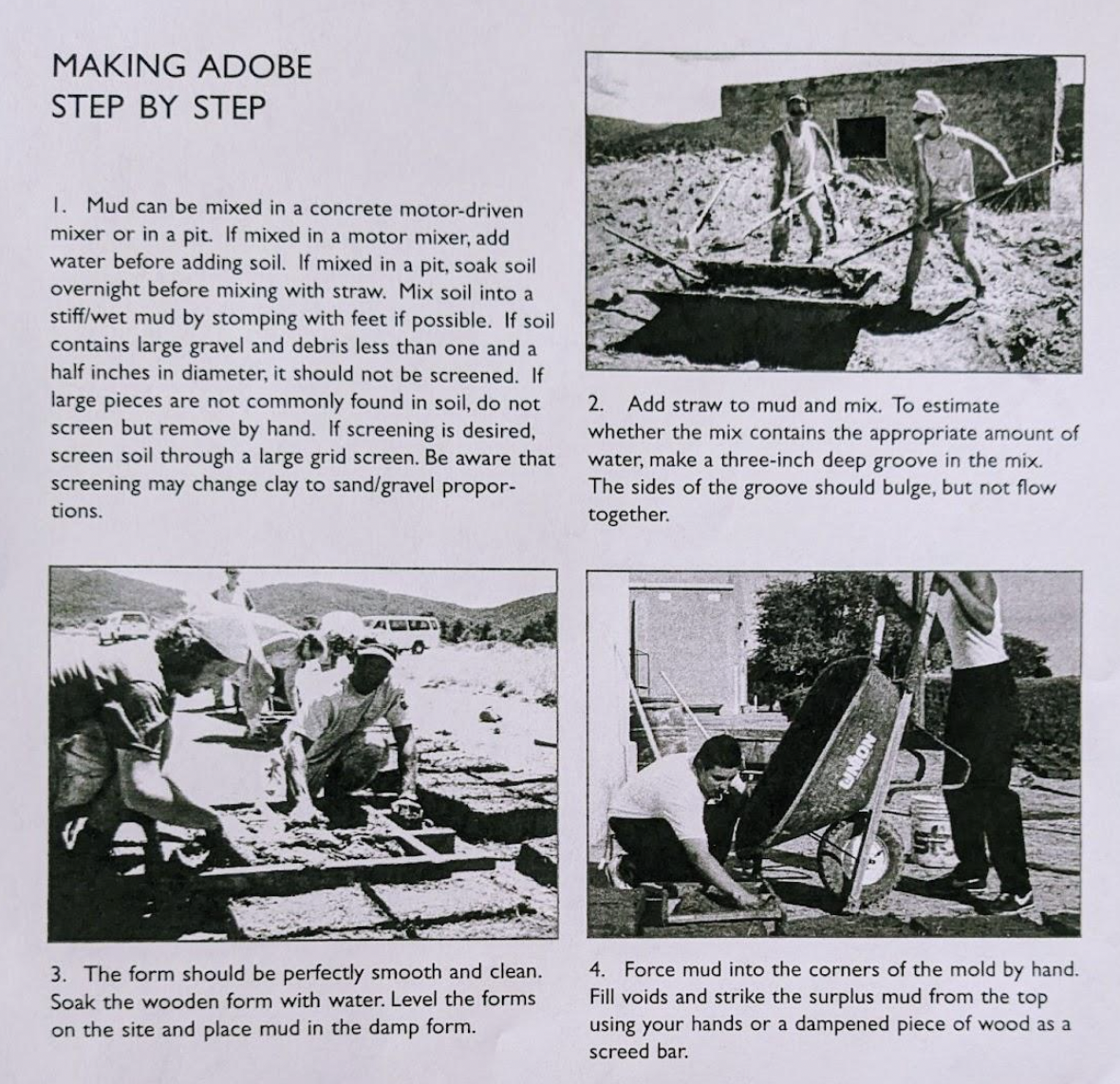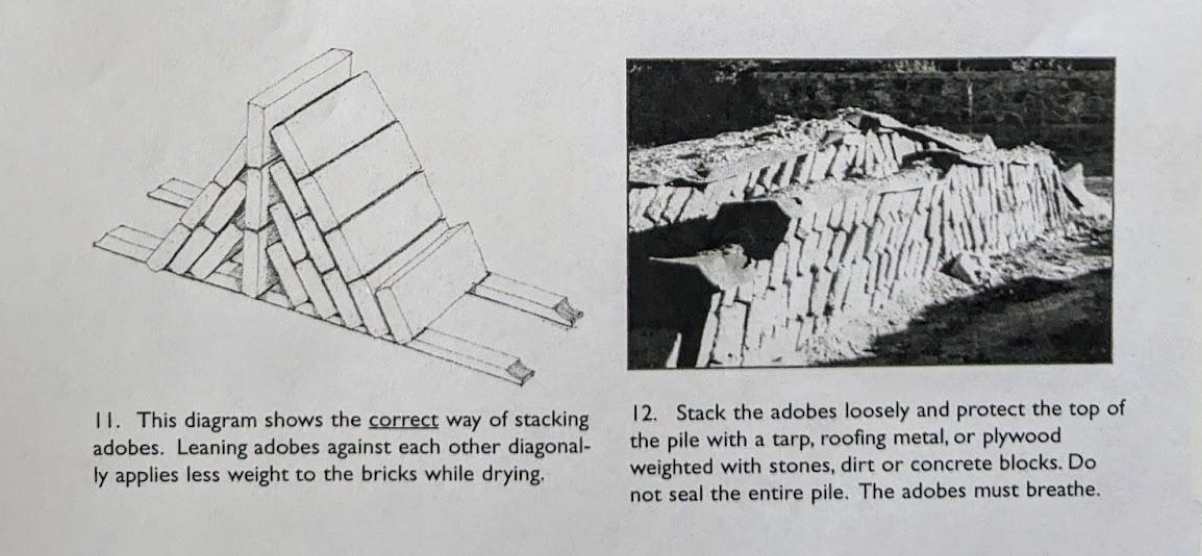MAKE YOUR BRICKS AND BUILD YOUR ADOBE HOME AND PUEBLO
Duration: 2 - 4 weeks
ESSENTIAL QUESTION(s):
What systems of community work to create equality and what issues arise in these systems?
What systems of community work to create private property/social classes and what issues arise in these systems?
What practices work best when building a community and developing a culture?
NMPED - 7th and 9th Grade Common Core Math Standards - for use in this lesson.
*These standards are blended, as math courses overlap in these grades due to different levels of mathematics courses being offered to different students.
Ratios and Proportional Relationships
Analyze proportional relationships and use them to solve real-world and mathematical problems.
The Number System
Apply and extend previous understandings of operations with fractions to add, subtract, multiply, and divide rational numbers
Expressions and Equations
Solve real-life and mathematical problems using numerical and algebraic expressions and equations.
Geometry
Draw, construct, and describe geometrical figures and describe the relationships between them.
Solve real-life and mathematical problems involving angle measure, area, surface area, and volume.
It’s Time to Make Adobe!
The measurements you set up for your ratio and proportion for the size of your houses will determine the amount of adobe the students will need to mix. Since all of your measurements and areas to build the houses will be different, we will just use percentages for the mixture.
The adobe is composed of approximately 60% dirt (caliche), 10% sand (arena), 5% (straw/grass), and 25% water. This is all rather approximate because a lot of what determines the consistency of the adobe depends on the density of the dirt you are using.
Fill your adobe brick frames (adoberas). Your frame size will depend on the size of the actual houses. If they are small, then the frames can be made out of popsicle sticks, if they are larger, you could use up to 2x4 pieces of wood.
Have the students make as many as they need for their home.
Once you have completed all of the bricks, you can now mix the plaster that will also serve as mortar for building the walls.
*notes:
This is an excellent opportunity to create community within your class. Have the students make hundreds, thousands(!) of bricks. This becomes a community pile of bricks that all the students can use.
The instructions above are for full sized bricks, but as you can see from the photographs, we have been using much smaller adoberas and you can go even smaller by using popsicle sticks or other materials.
I have found that this is where some of the students who struggle in other areas really shine. They enjoy the routine of making bricks and they find success in being needed by the community. This is why, when making the bricks, I ask that everyone contributes; they will always find their own way. Some kids love digging, some love mixing, some love forming. It’s a joy to see them find and define their roles in the creation of the bricks.
Once you have made your bricks, it’s time to build! Whether you are working with a small space or a large one, it is important for the kids to claim their plot of land and to do some urban planning. Will you have a plaza, will there be an area reserved for farming and grazing?







